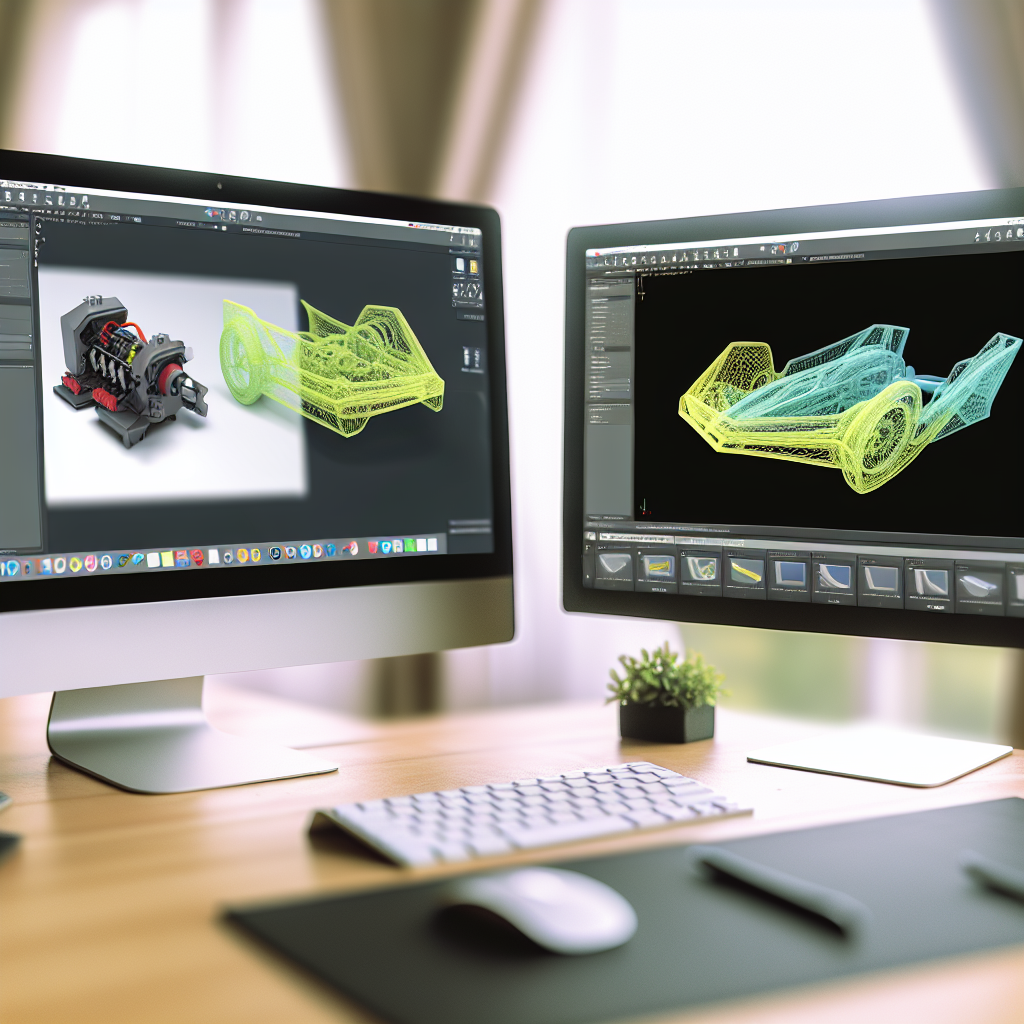For years, Fusion 360 has been a go-to CAD software for designers and engineers, but many users are discovering better alternatives that offer enhanced features, easier workflows, and greater flexibility. In this article, I will share my experience with a superior CAD program that has completely transformed my design process and why I’ll never go back to Fusion 360.
Intuitive User Interface and Advanced Features That Outperform Fusion 360
One of the most significant reasons I transitioned from Fusion 360 is the user interface of my new CAD software—SolidWorks 3D CAD. While Fusion 360 offers a decent environment, it can be overwhelming for beginners or those who prefer a streamlined workflow. In contrast, SolidWorks provides an intuitive and highly customizable interface that simplifies complex design tasks, allowing users to focus on creativity rather than navigation.
Beyond the UI, this CAD software boasts a robust set of features tailored for professional-grade work. It includes powerful parametric modeling, better surface modeling capabilities, and a more comprehensive simulation suite. These features enable precise control over complex geometries and more reliable testing of designs before manufacturing. The seamless integration with other CAD and CAE tools accelerates the entire design-to-production process, making it ideal for professionals who need efficiency and accuracy.
Moreover, SolidWorks’ extensive library of add-ins and plugins expands its capabilities far beyond what Fusion 360 offers. From electrical design to manufacturing process simulation, it covers all aspects needed for comprehensive product development, saving time and reducing the need for multiple software solutions.
Enhanced Collaboration, Stability, and Cost-Effectiveness
Another critical factor that tipped the scales in favor of this new CAD software is its superior collaboration tools. Fusion 360 is cloud-based, which promotes collaboration but occasionally suffers from connectivity issues and data synchronization delays. SolidWorks integrates smoothly with enterprise-level collaboration platforms, providing real-time updates, version control, and multi-user editing without compromising stability.
Stability and reliability are vital for serious design work. Fusion 360 can sometimes crash or lag with large assemblies, leading to frustrations and lost work. The professional-grade architecture of SolidWorks ensures smooth handling of complex assemblies, even in demanding projects. This stability translates into increased productivity and peace of mind during critical development phases.
Cost is a common concern with high-end CAD software. Fusion 360’s subscription model is affordable upfront but can become costly over time. SolidWorks offers flexible licensing options, including perpetual licenses, making it a more cost-effective investment for long-term users and businesses. Plus, its extensive training resources and active user community provide ongoing support, helping users maximize their software investment.
Switching from Fusion 360 to a more powerful CAD solution like SolidWorks has transformed my design workflow, offering better usability, more advanced features, and stronger collaboration tools. If you’re looking for a reliable, feature-rich CAD software that can handle complex projects with ease, exploring these alternatives is well worth your time. Embrace the change and never look back!
